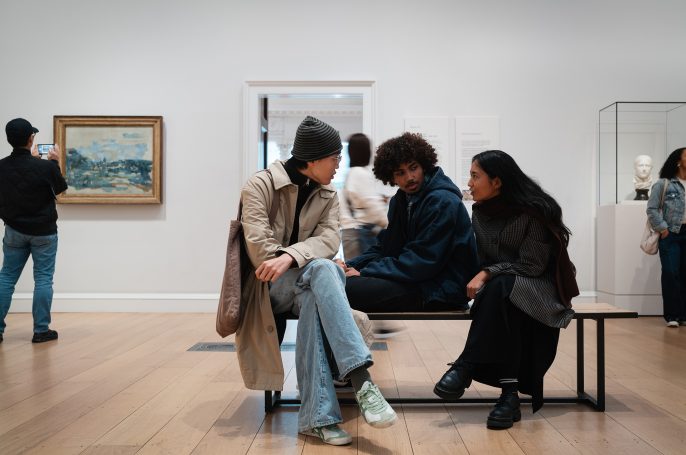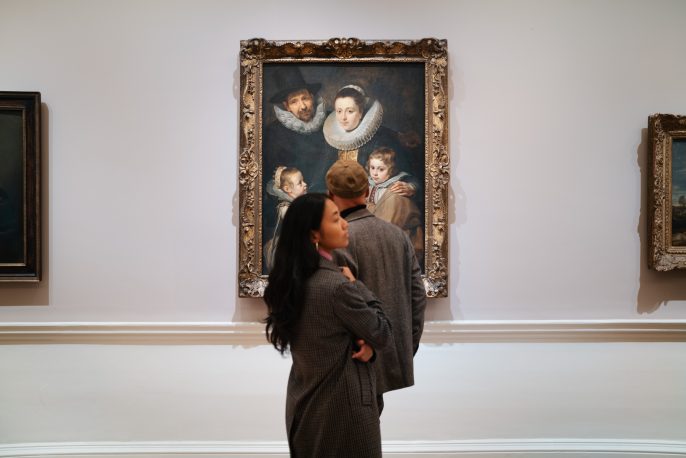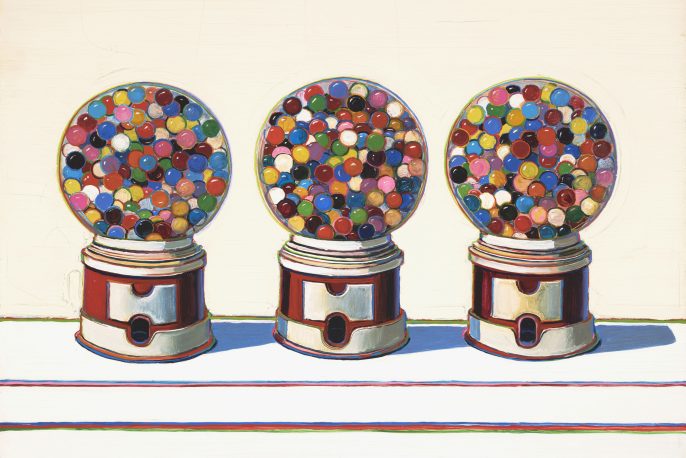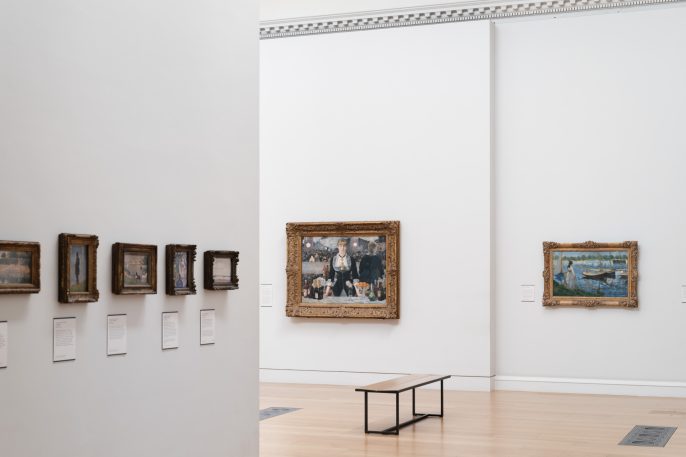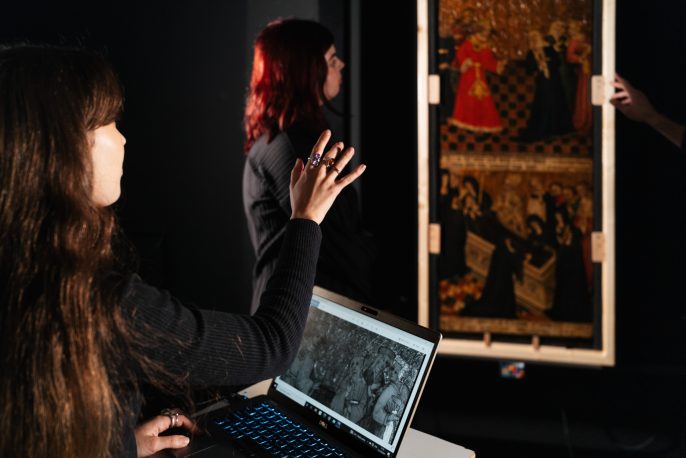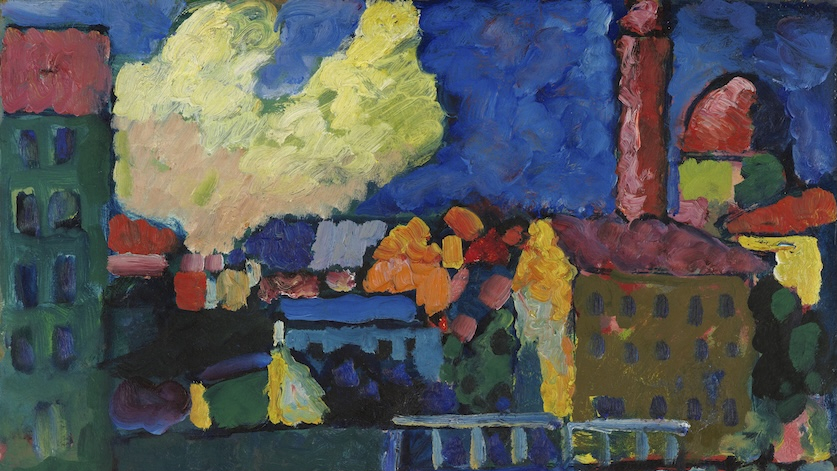
Munich Moderns – May 2026
Study Tours
Dr Niccola Shearman and Maria Mehlstäubl-Truman
Wednesday 20 – Friday 22 May 2026
£495
N.B This tour also runs in the autumn, Wednesday 2 September – Friday 4 September 2026, £495
Tour Description
After 1900, the city of Munich rivalled Paris as a cosmopolitan hub of experiment. Here it was that Wassily Kandinsky, Franz Marc, Gabriele Mϋnter and others developed an emotional expressionism, putting colour and form at the service of the spirit, and an “inner necessity”. This tour begins in the galleries of the Lenbachhaus: preserving the original decorative interiors of late-nineteenth-century aesthetes, its celebrated collection of art works by the Blaue Reiter group presents the unfolding path towards abstract painting.
The twentieth-century displays of the Pinakothek der Moderne complete the wider picture, including the sober gaze of 1920s’ New Objectivity; the notorious period of Nazi iconoclasm known as the ‘Degenerate Art’ campaign, and works created after 1945 in which artists confront their history. Pursuing the Expressionists’ embrace of ‘authenticity’ in art and life, we shall take a day trip into the Bavarian countryside. Dependent on timetables, the destination will either be the stunning Museum Buchheim on the shore of Lake Starnberg, for an immersion in the work of the Brϋcke group (originally launched in Dresden in 1905 by Erich Heckel and Ernst Ludwig Kirchner); or alternatively, the artists’ town of Murnau, summer home and source of inspiration to Gabriele Mϋnter, Kandinsky and others.
In contrast to the colourful history at the cradle of German modernism, the tour includes important reflections on events that led to Munich becoming the grave of so much potential energy. A walk around the ceremonial parade ground of Kӧnigsplatz and a visit to the Haus der Kunst – Fascist temple to ‘Great German Art’ opened in 1938 as the vitriolic ‘Degenerate Art’ exhibition was staged nearby – will take us past and into some architectural relics of Hitler’s sinister manipulation of culture.
Lecturers' Biographies
Dr Niccola Shearman is an independent historian of twentieth-century art, with a focus on Germany and Austria to 1945. She has held academic positions at the University of Manchester and at the Courtauld, and also contributes to the V&A Academy. She has published various articles on German printmaking and its reception, as well as contributions to the catalogue for Expressionists: Kandinsky, Münter and the Blue Rider (Tate, 2024), and is co-editor of the forthcoming volume German Art in an Expanded Field, essays in honour of Shulamith Behr (2026). In 2025, together with Dr Emily Christensen she curated the Courtauld Gallery exhibition With Graphic Intent.
Maria Mehlstäubl-Truman works in primary education, having previously completed degrees in anthropology and in interpreting and translation. As a true ‘Münchner Kindl’ with long family connections to the bohemian artists’ quarter of Schwabing, she combines a passion for art and literature with her experience of the rich oral history of the city. Maria recently completed her MA in History of Art where she specialised in German Expressionism and artists’ colonies in Bavaria around 1900. All of this makes her ideally qualified to be your personal guide in our walks around Munich.
